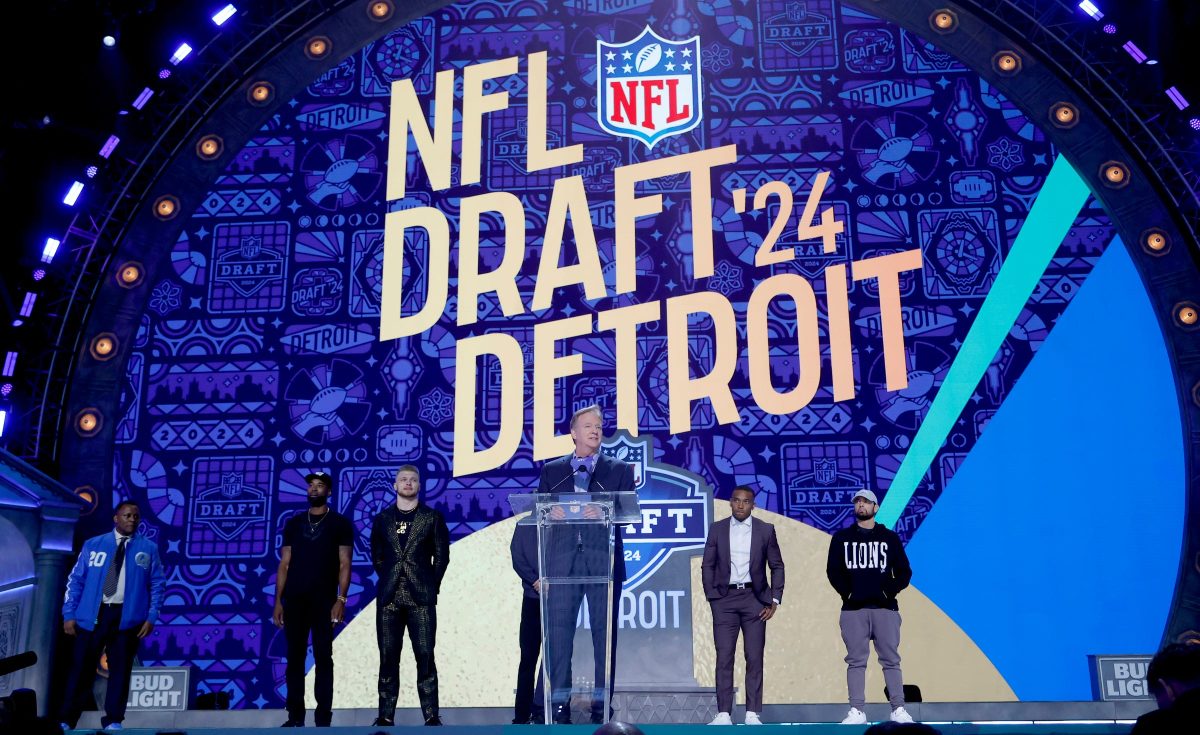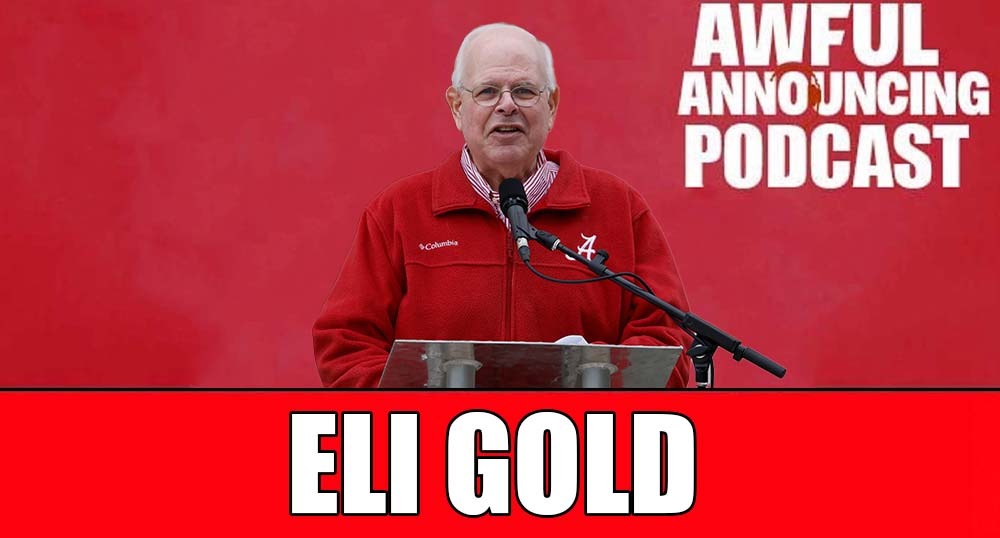The Oklahoma Sooners’ infamous yearly pay-per-view football game (seen above in 2019, when 32,000 people flocked to a cellphone stream of Army-Oklahoma) is going away, to be replaced by a game airing on ESPN+. That’s part of a new multi-year deal between ESPN and Oklahoma, which will see ESPN create a “SoonerVision on ESPN+” landing page on that over-the-top streaming service and carry more than 100 live events across sports there, with those being home Oklahoma events not picked up by linear channels, plus studio shows and archival content.
In addition to the one home football game a year that had been on pay-per-view, there are a lot of other live games here from other Sooners’ teams. Much of this content previously would have aired on Bally Sports Oklahoma and Bally Sports Southwest under the Sooner Sports TV brand, or been streaming-only through SoonerSports.tv (which comes with a $9.99 monthly fee, more than ESPN+’s $6.99 a month for much more than just Oklahoma content). Now, it’s headed to ESPN+ under this deal, which will start in August. Michael Smith of Sports Business Journal bills this as ” the most expansive media-rights deal for an individual athletic program on the streaming service,” and he has some notable quotes from Oklahoma AD Joe Castiglione:
Financial terms were not released, but Oklahoma AD Joe Castiglione told SBJ that “it would be worth more than what we’ve had previously.” The Sooners will join the SEC, which has all of its media rights with ESPN, no later than ’25. “This deal is about access and reach,” Castiglione added. “I’m just happy that we’re going to be able to continue to offer more than 1,000 hours annually of live content.”
There are several interesting things here from a historical perspective. The portion of the “Sooner Sports TV” brand that aired on television came about thanks to an Oklahoma-Fox deal in 2012, which saw the pay-per-view game offered through Fox PPV and much of the other content carried on the then-Fox regional sports networks (now the Sinclair-owned Bally Sports RSNs). That deal came about thanks to the Big 12’s unusual rights distribution setup, which let schools themselves sell their Tier 3 rights. In the Big Ten and the Pac-12 (and later the SEC, and much later the ACC), that content largely wound up on conference networks.
The Big 12 setup largely happened to let Texas team with ESPN for the Longhorn Network, which launched in August 2011. The Oklahoma-Fox deal was at least a partial response to that. And while the non-Texas and Oklahoma Big 12 schools did some notable things with Tier 3 rights on their own, the most significante move came when that group of schools partnered with ESPN+ in 2019 as part of a wider Big 12-ESPN deal: that created a virtual conference network (but not for Texas and Oklahoma home rights) on ESPN+ under the Big 12 Now banner. Now, Oklahoma’s content is essentially joining that, albeit under school branding rather than conference branding. And it will likely stay there until the Sooners join the SEC.
This is also notable as further growth for ESPN+, in a couple of ways. For one, the previous Big 12 content remains some of the most notable programming exclusive to that streaming service. That was one of the first really big deals they struck for marquee live events (specifically, Big 12 football), and that gets even better now that it includes an Oklahoma football game. There’s a lot more on ESPN+ now than there used to be, and it has a lot more subscribers than it used to (which, given Castiglione’s comments about “access and reach,” is an important factor in this), but this is still something that could drive further subscriber growth and/or retention. And there’s certainly demand for it; if people would pay $55 to watch one Oklahoma game on PPV, they can definitely pay $7 for a month of ESPN+ to access that same game (and everything else there). (This is presuming that ESPN does not use the “PPV on ESPN+” model they’ve used for the UFC, but Smith’s article at least suggests that this is going to basic ESPN+.)
It’s also significant to see ESPN+ assuming some content that previously lived on RSNs. To date, those areas haven’t really crossed all that much; ESPN+ (and Paramount+, and Peacock) have mostly signed national deals rather than local ones. (The local RSN-replacement deals have been mostly with other services like YouTube TV and FloSports, and mostly just in soccer.) But there’s a chance of them coming into conflict a little more down the road, and Sinclair is about to be competing for cord-cutting sports OTT dollars with ESPN+ when they launch their direct-to-consumer Bally Sports+ service.
This doesn’t necessarily mean ESPN+ is going to get a lot more content that was on RSNs. ESPN+’s focus is national (and that’s a reach benefit for the Sooners, as now people who live outside of the Bally Sports Oklahoma/Bally Sports Southwest footprint or can’t get those channels through their cable/satellite/virtual provider can access this content), and most of their deals in sports that air on RSNs are national. But this could potentially be a larger thing in college sports, where there are still some packages that air on RSNs, including the Raycom-produced ACC one: ESPN has out-of-market rights to that, and airs it on authentication-required streaming service ESPN3, but maybe rights like that eventually wind up being fully national on services like ESPN+. College sports (and especially college football) have been a big driver for ESPN throughout the network’s history, and they’ve been a big part of ESPN+ to date as well. And this deal suggests that ESPN continues to see value in adding college sports to ESPN+.







